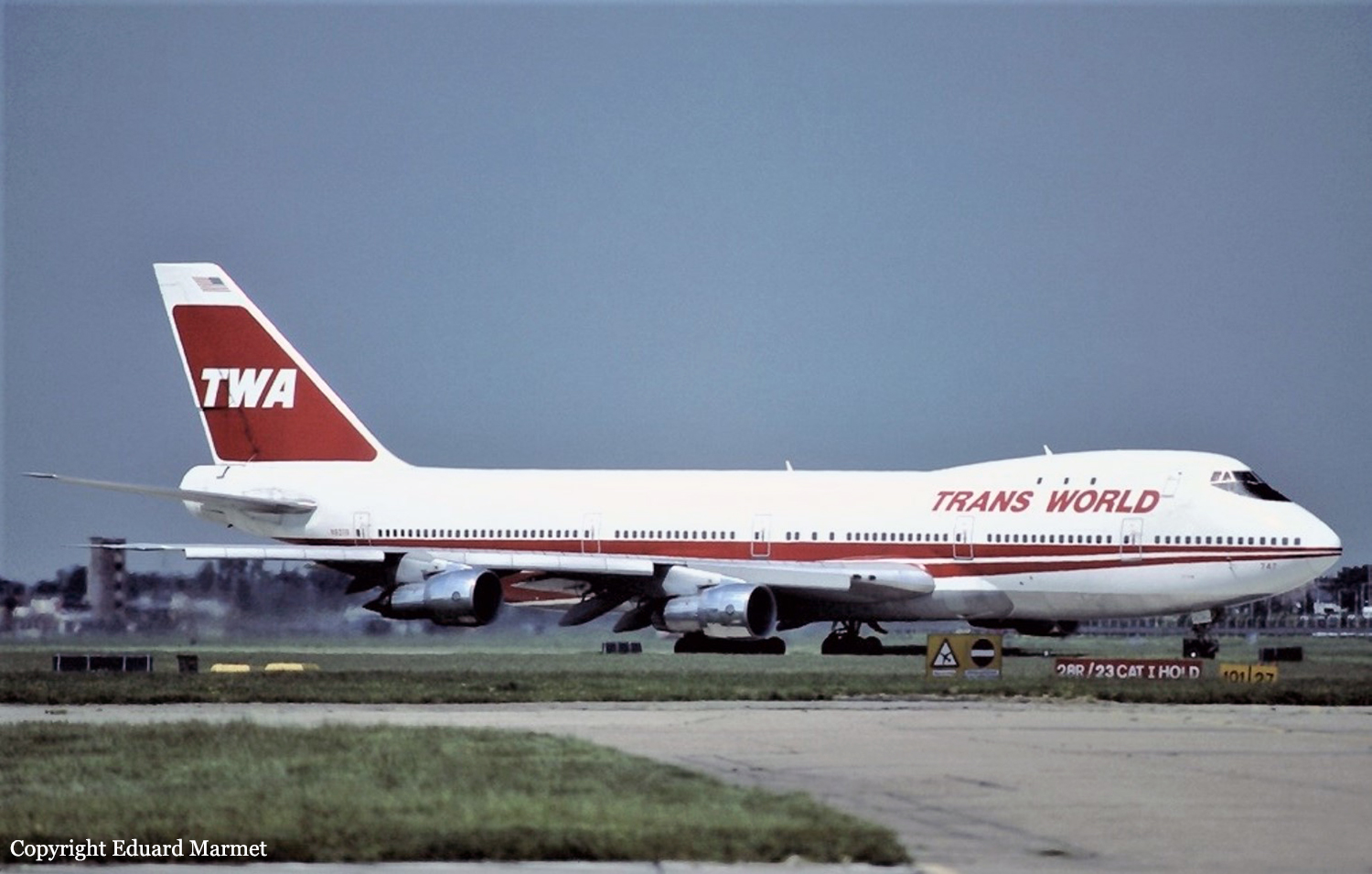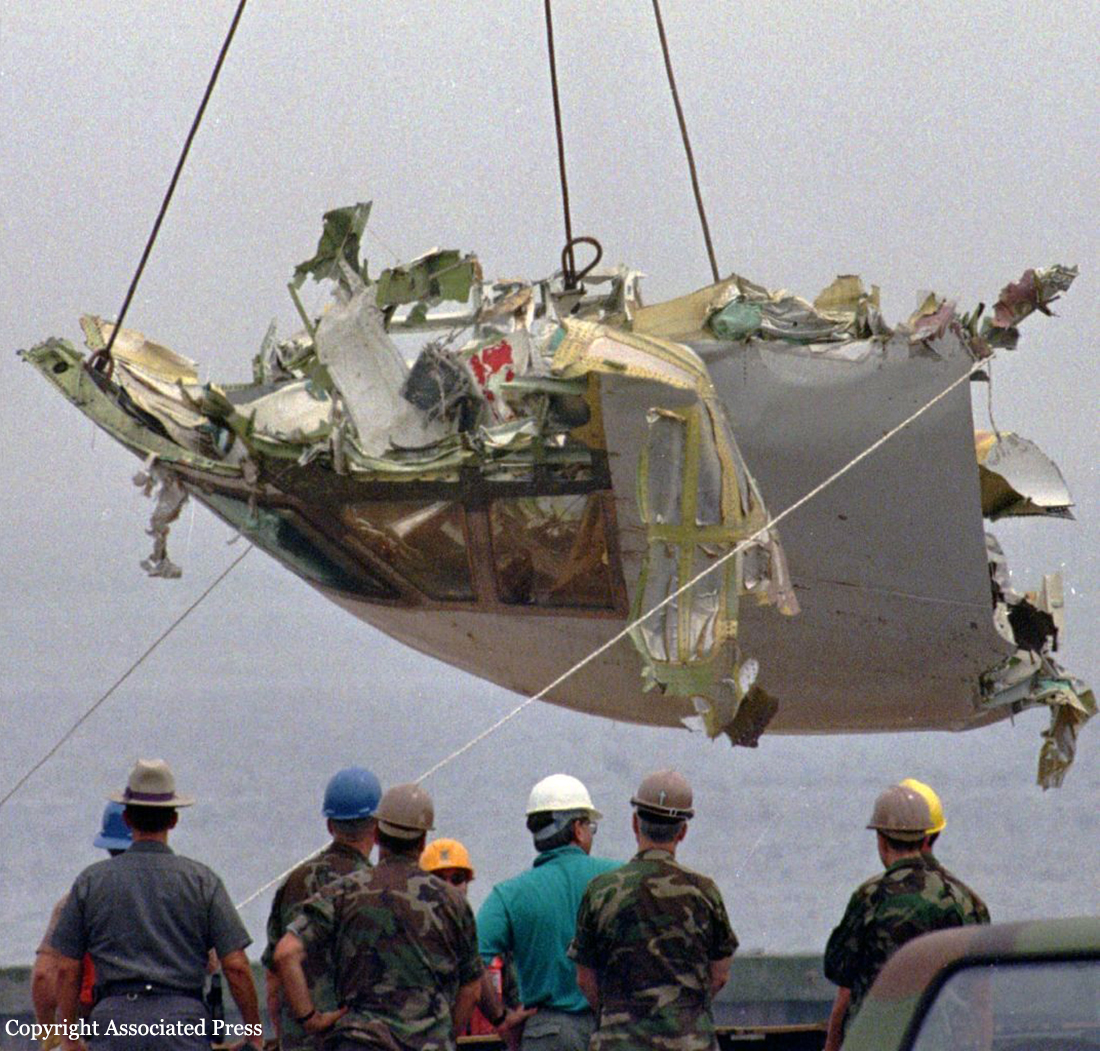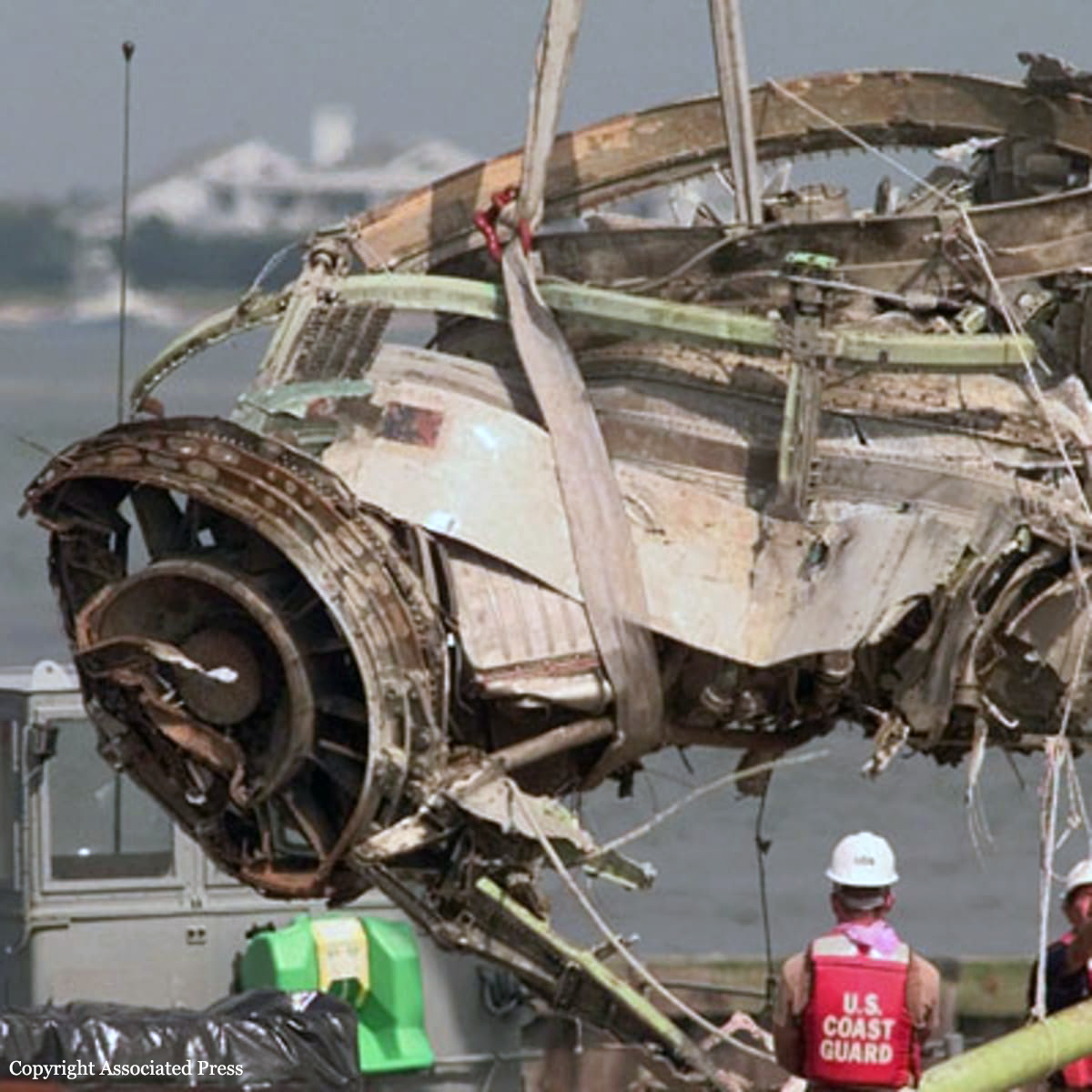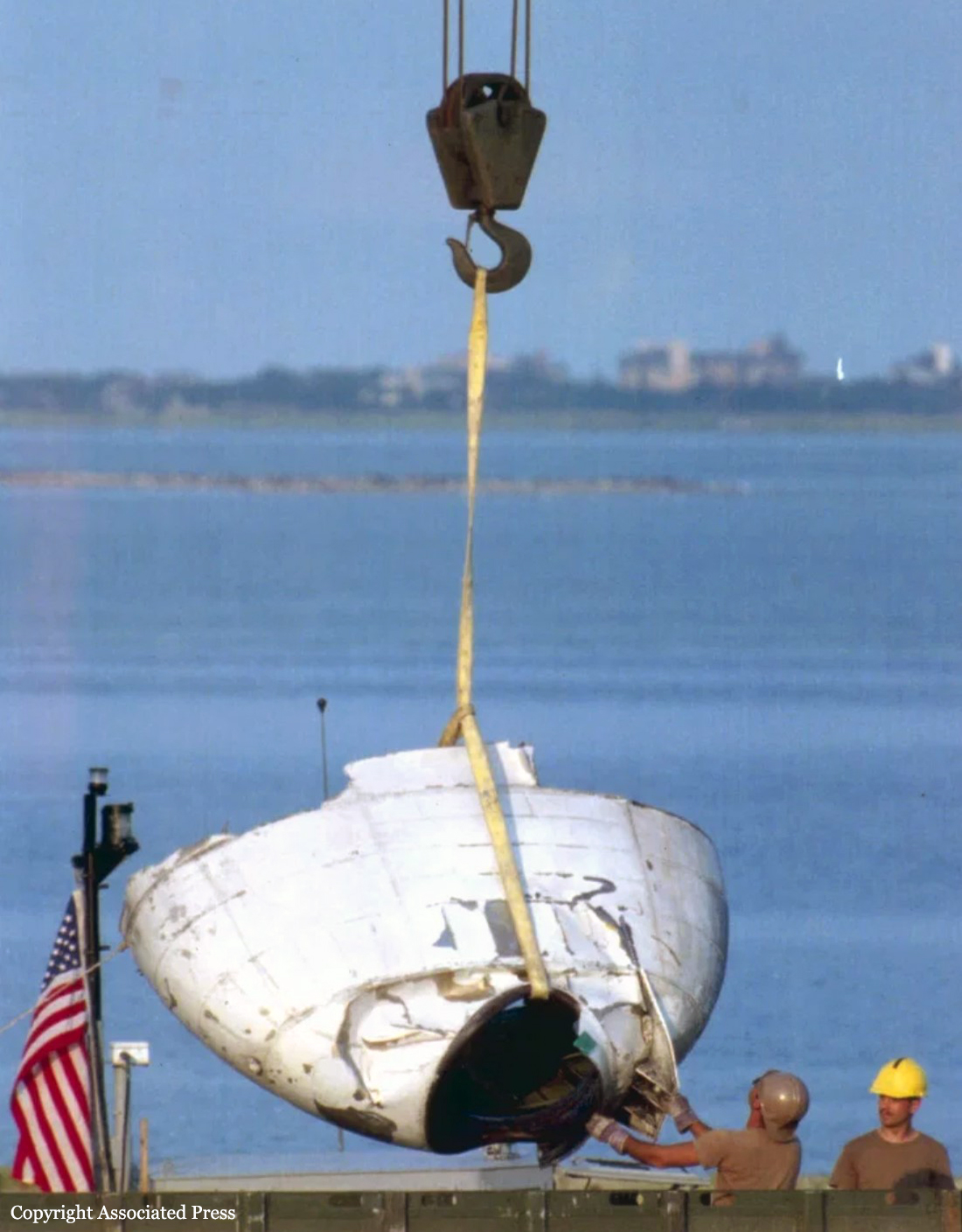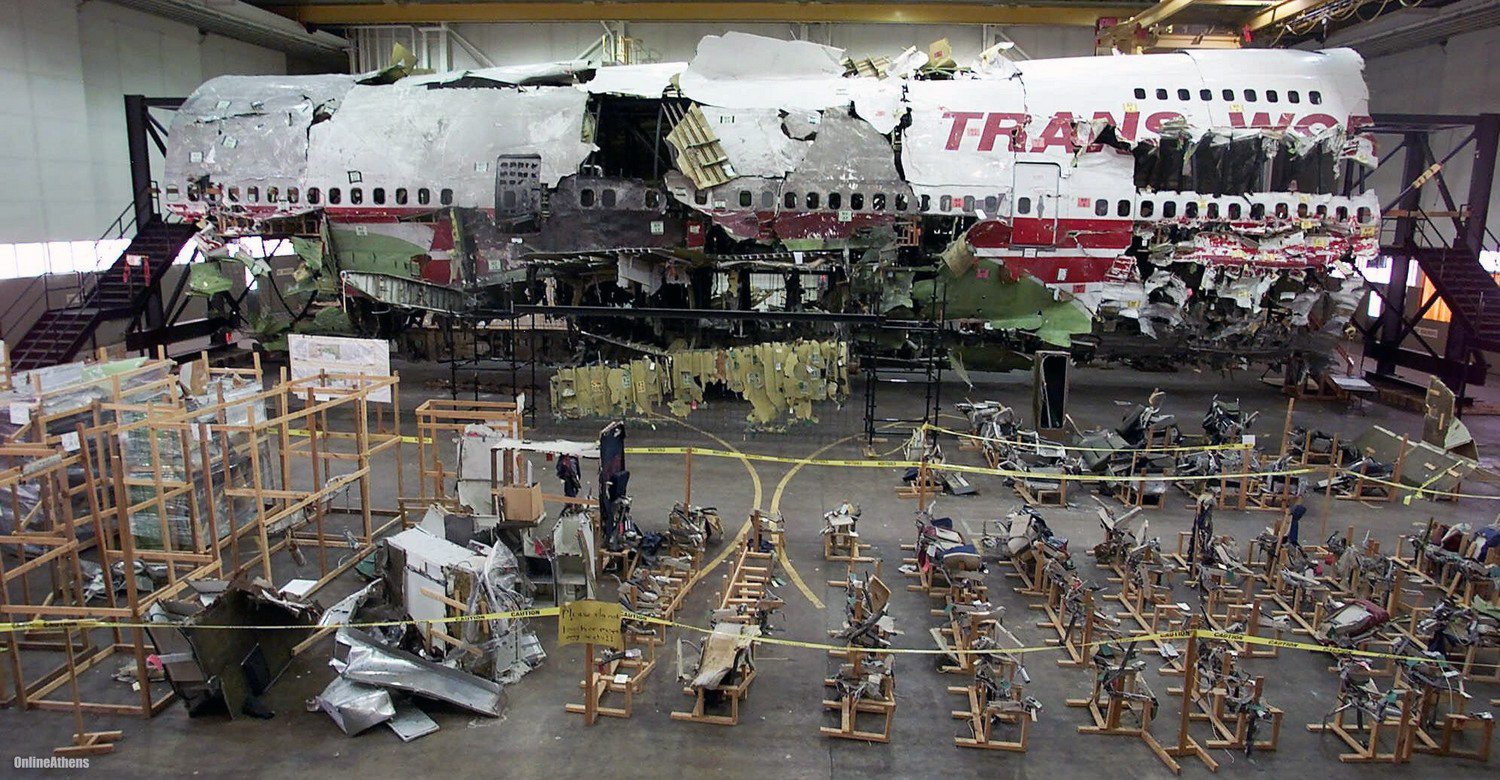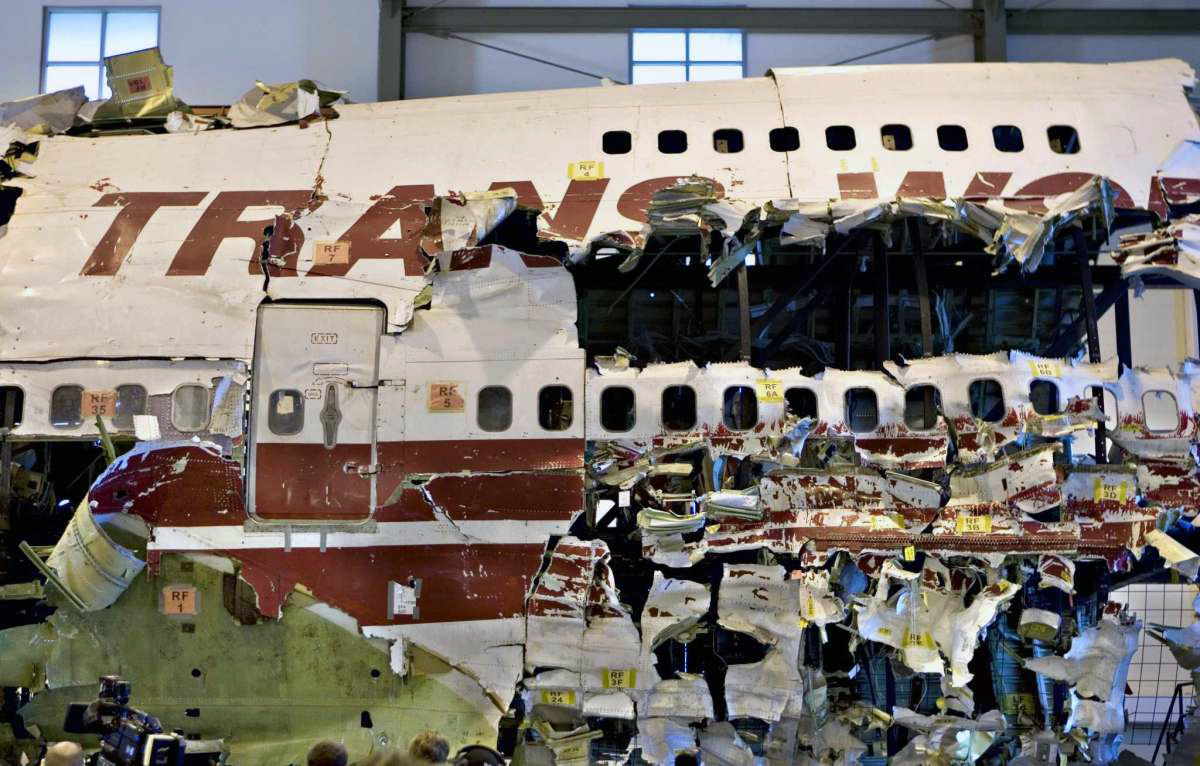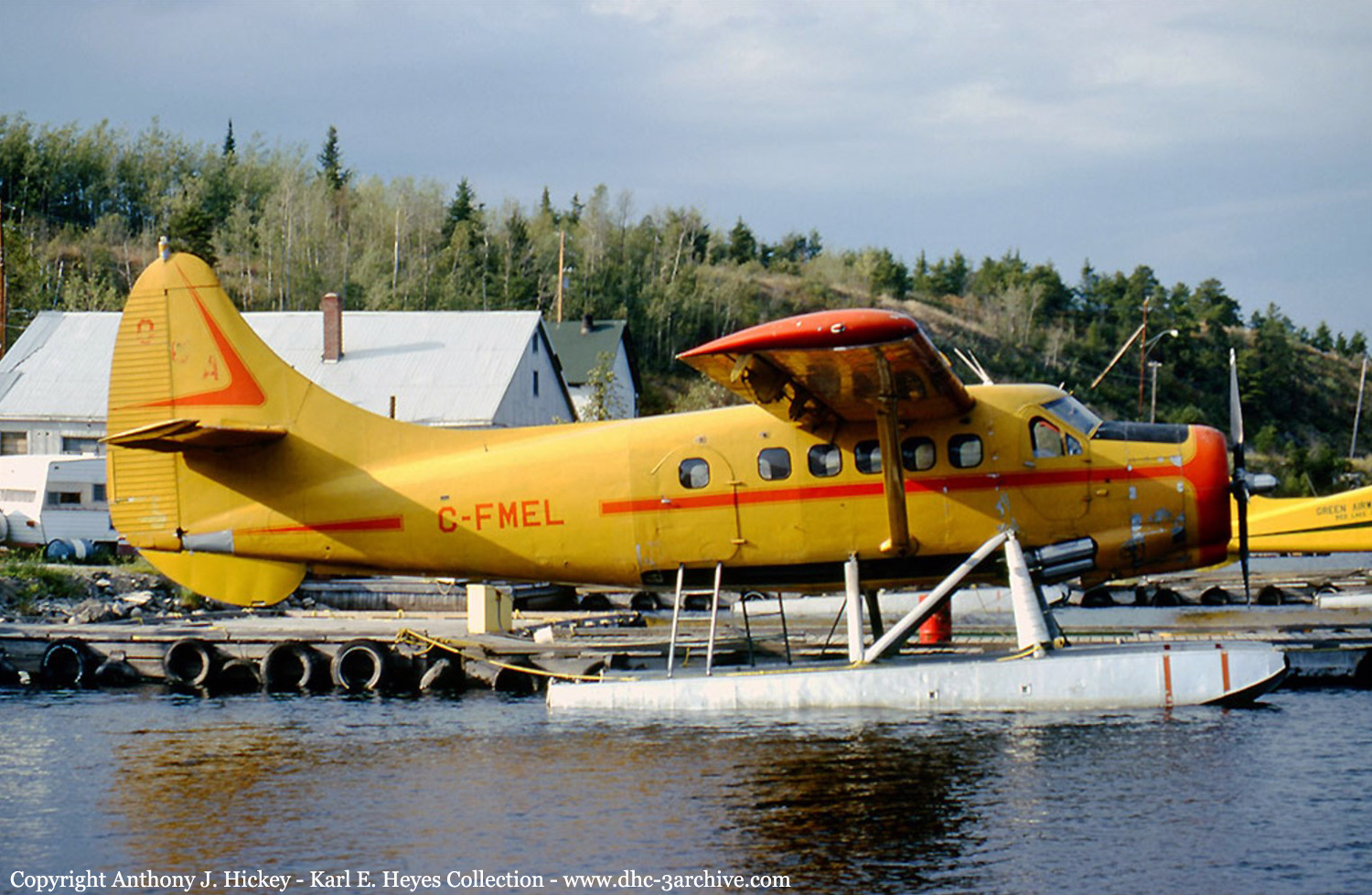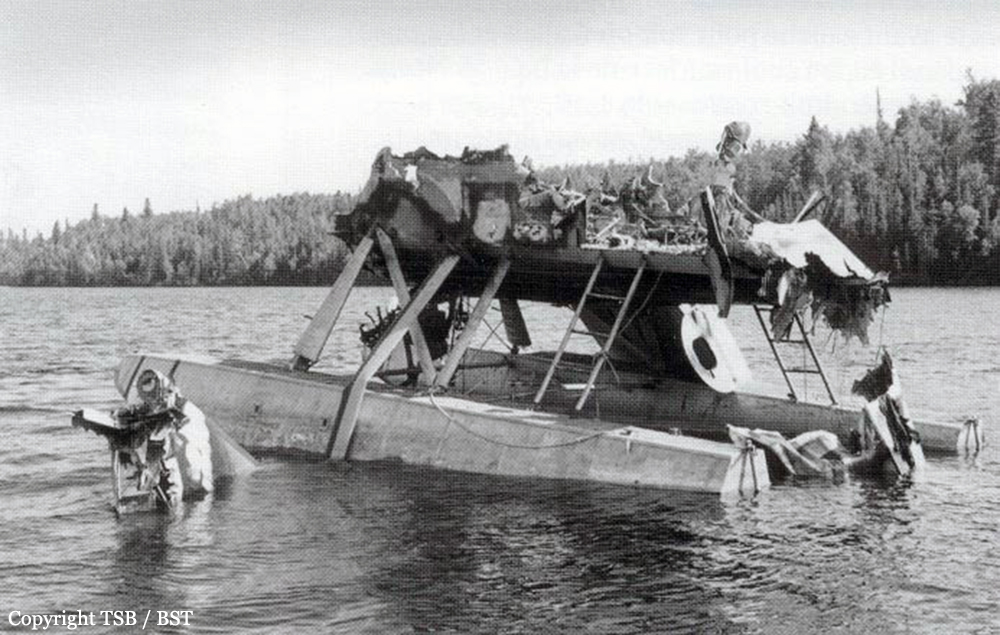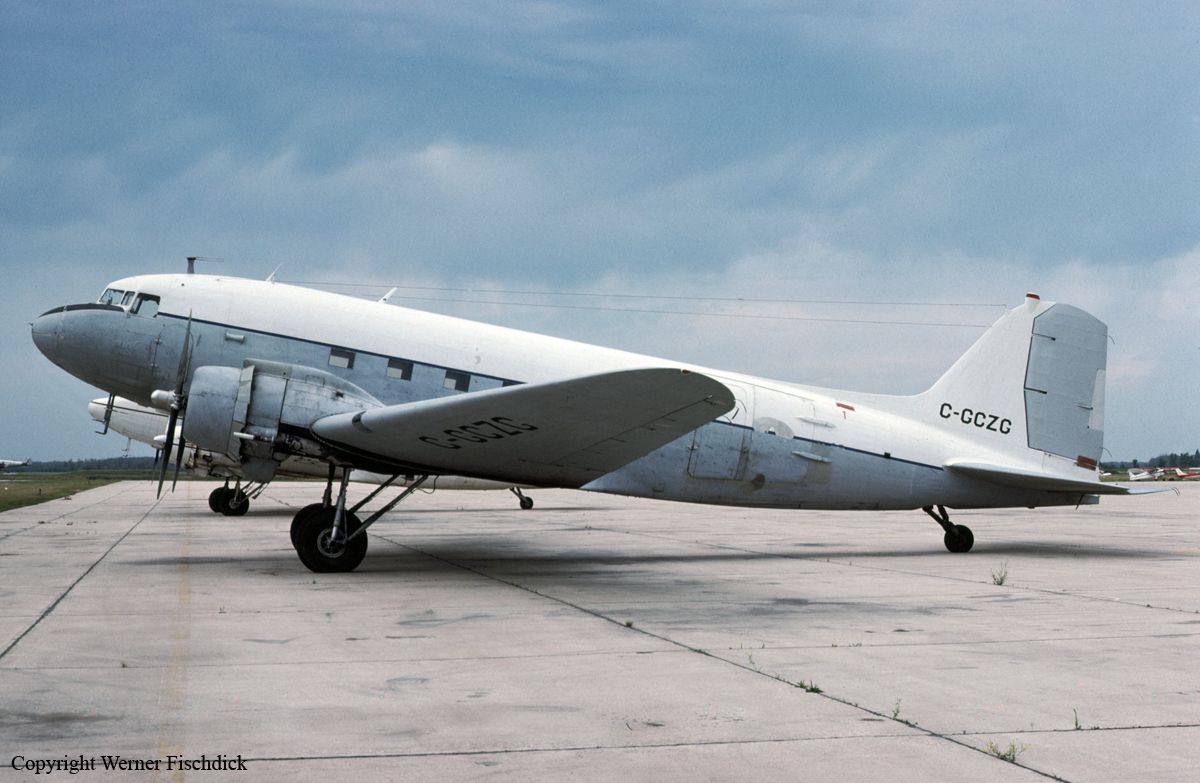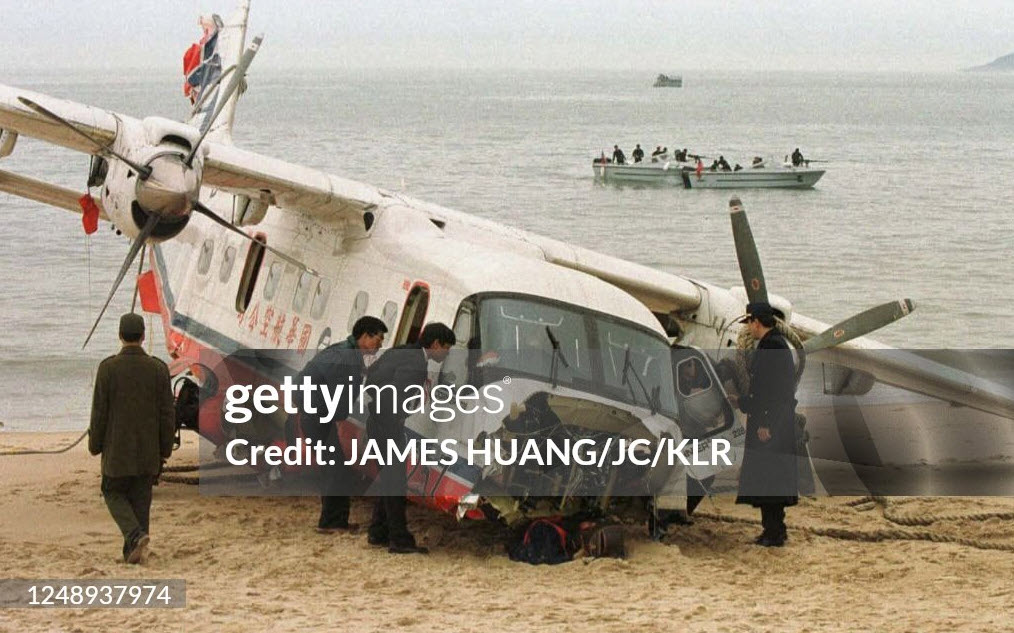Crash of a Cessna 402B in Saint-Barthélemy
Date & Time:
Aug 5, 1996 at 1335 LT
Registration:
N403N
Survivors:
Yes
Schedule:
Saint-Barthélemy – Charlotte Amalie
MSN:
402B-0900
YOM:
1975
Crew on board:
1
Crew fatalities:
Pax on board:
7
Pax fatalities:
Other fatalities:
Total fatalities:
0
Circumstances:
On August 5, 1996, about 1335 Atlantic standard time, a Cessna 402B, N403N, registered to Virgin Air, Inc. dba Air St. Thomas, as flight 105, 14 CFR Part 135 scheduled international passenger service, from St. Barthelemy Island to St. Thomas, overran the runway during an aborted takeoff at St. Barthelemy Island. Visual meteorological conditions prevailed at the time and an instrument flight plan was filed. The aircraft received substantial damage and the airline transport-rated pilot and 6 passengers were not injured. One passenger received minor injuries. The flight was originating at the time of the accident. The pilot stated the elevator control jammed during the takeoff roll. He aborted the takeoff, but could not stop prior to over running the runway. The aircraft came to rest in about 3 feet of water.





